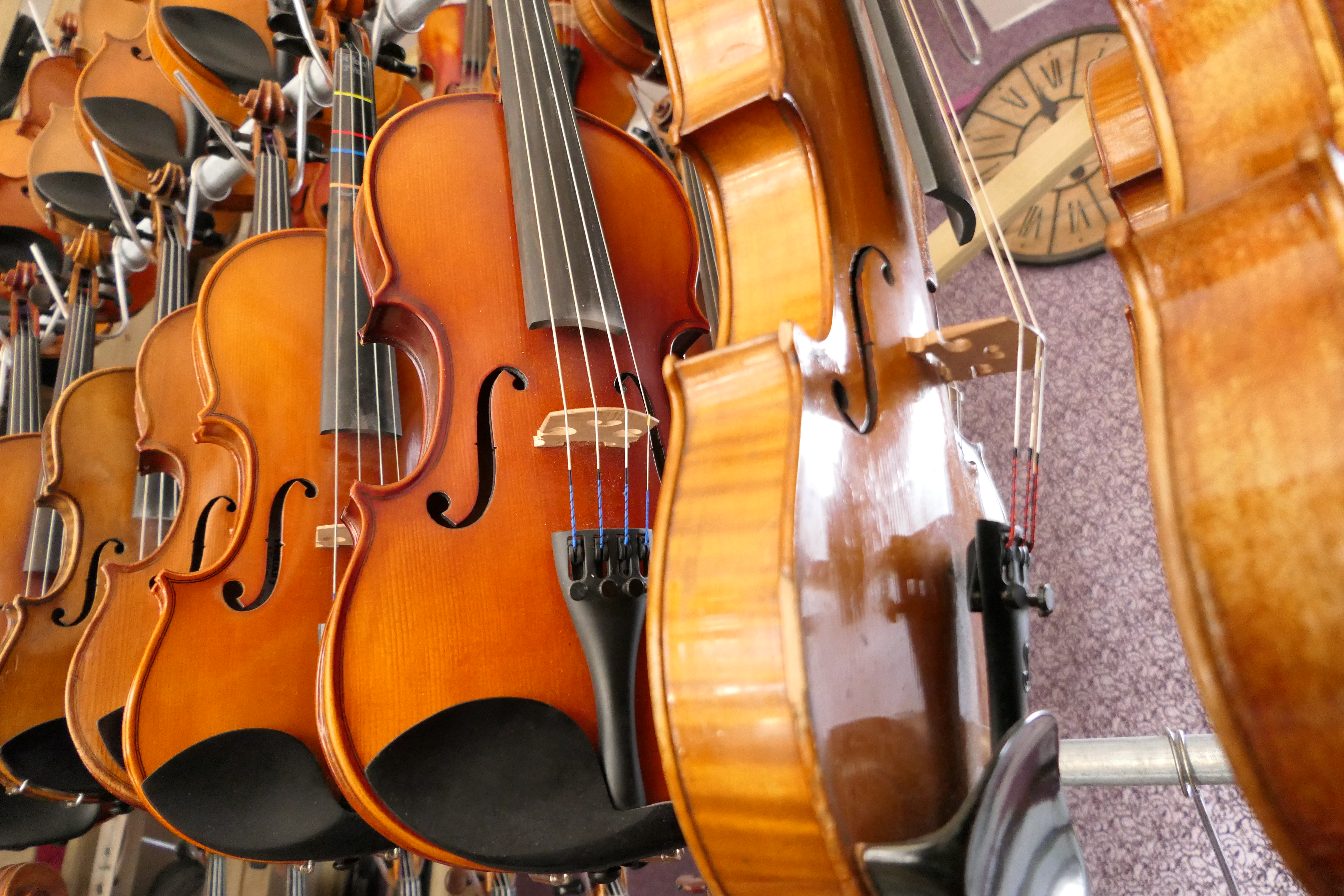Merry Christmas everyone!
I wish you all Healthy and Happy Holidays!
Today I am finally introducing my first piece. I promise, more are coming soon, but I am going to take the rest of today to spend time with my family and celebrate.
So this is just a quick note that all the former chapters, tedious as they probably were at times, were leading here. The repertoire, the pieces, the songs. Everything we love about music and the reason we get up in the morning.
RIGHT?!
Anyway, here you go:
First Melody in first position by Charles de Beriot
For VIOLIN and of course I also transposed it for the VIOLA!
For those who prefer to jump past the work straight to the fun, I have added a few essentials you might want to have a look at! Trust me, learning technique through pieces, just makes the pieces feel like work.
Have an awesome end of year, and I’ll add a few more pieces before next year.
Mark

